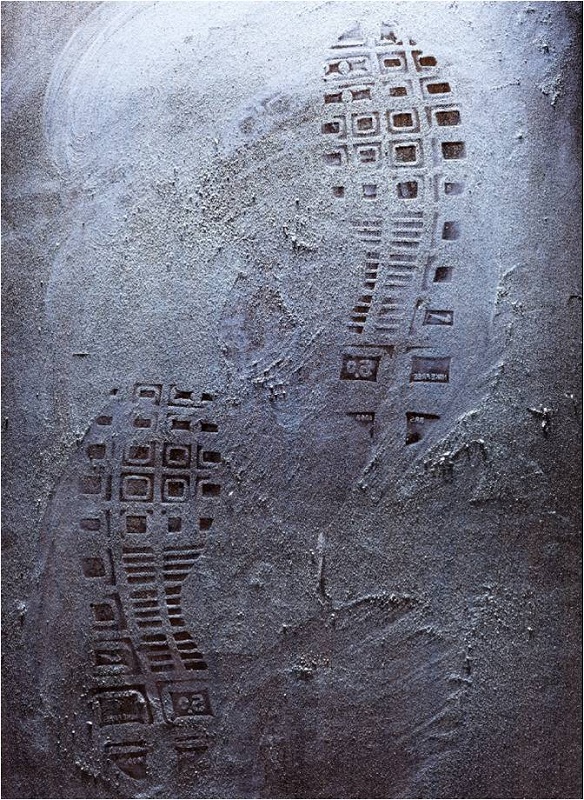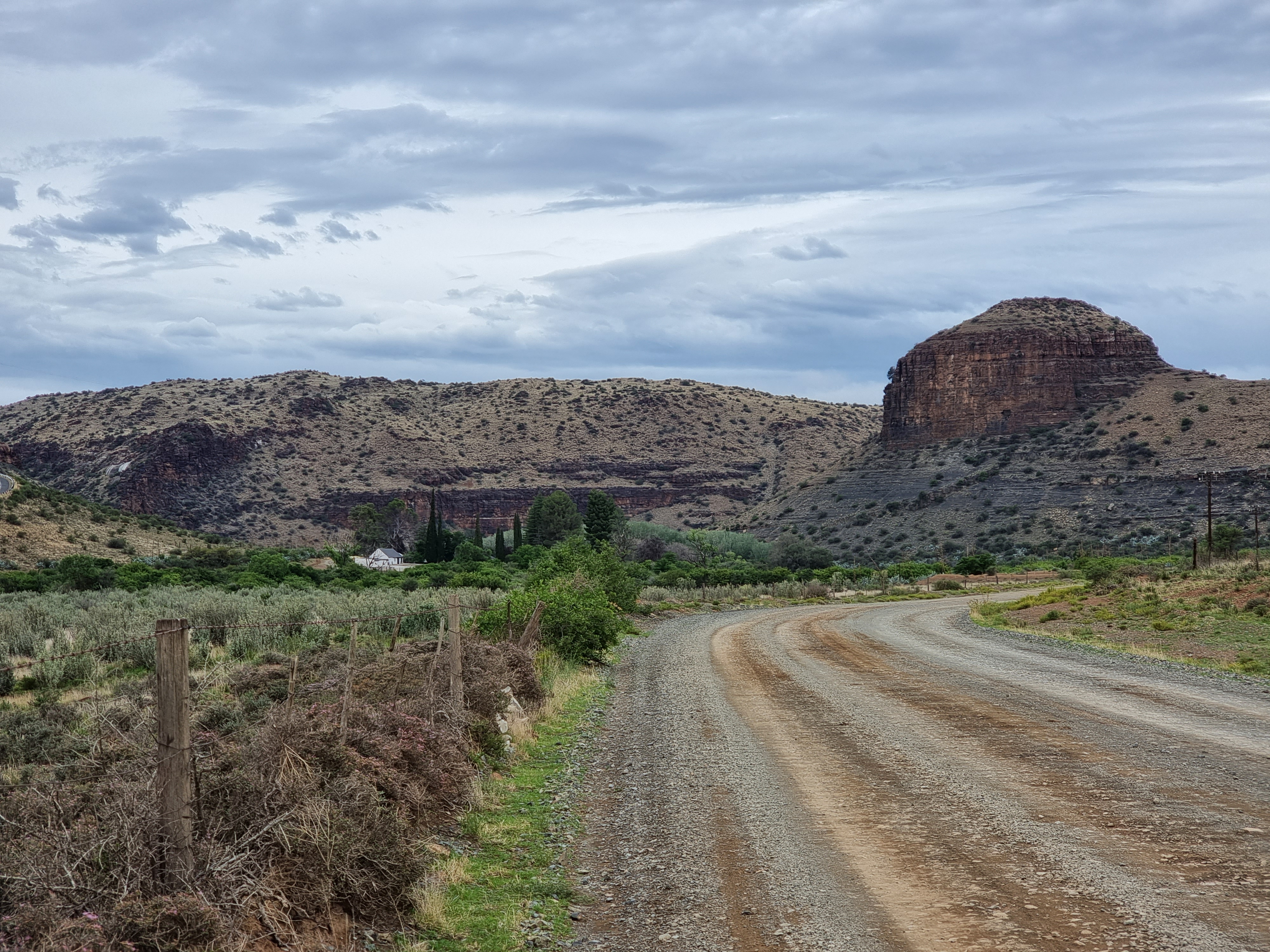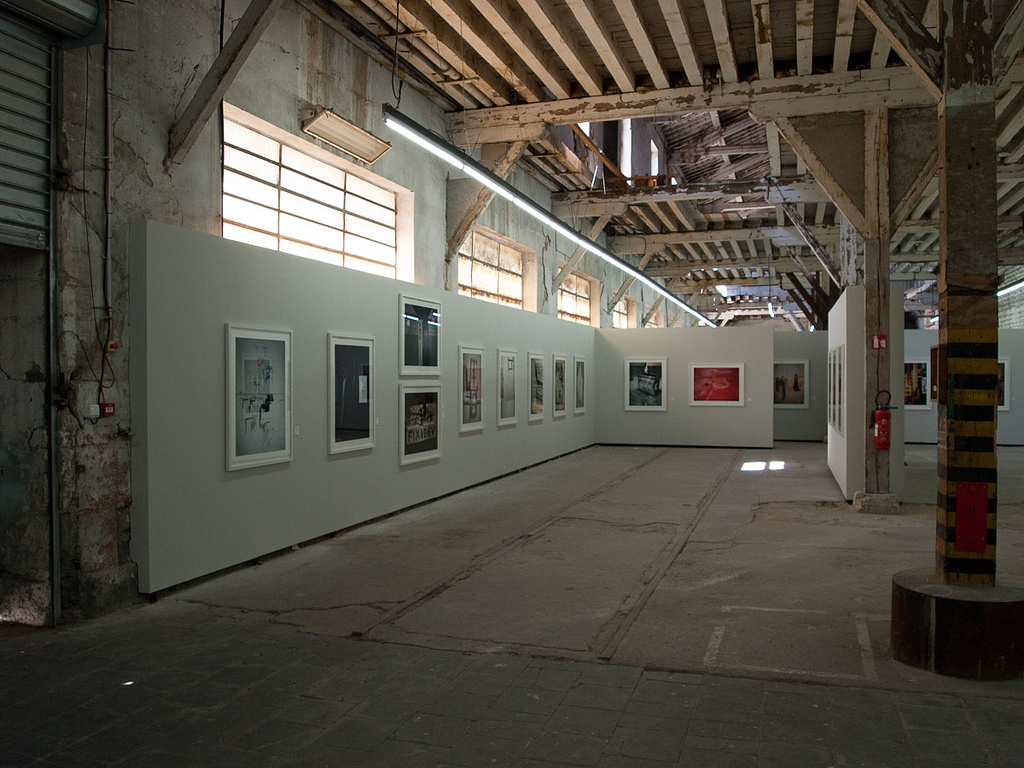|
Jo Ractliffe
Jo Ractliffe (born 9 March 1961) is a South African photographer and teacher working in both Cape Town, where she was born, and Johannesburg, South Africa. She is considered among the most influential South African "social photographers." Career She pursued her education in Cape Town, including her Diploma in Fine Art at Ruth Prowse School of Art, Woodstock, her Bachelor of Fine Arts (1985) and her Master of Fine Arts (1988) at the Michaelis School of Fine Art at the University of Cape Town. Starting from her first show, the Master of Fine Arts Graduate Show at the Irma Stern Museum, Ractliffe's photography has gained international attention with shows in South Africa, at the MET, MOMA, Tate Modern, and the Gwangju Biennial in South Korea. Okwui Enwezor has described Ractliffe as “one of the most accomplished and under-rated photographers of her generation.” Ractliffe's works have been exhibited independently and with other notable artists such as David Goldblatt, Gu ... [...More Info...] [...Related Items...] OR: [Wikipedia] [Google] [Baidu] |
Jo Ratcliffe
Jo Ratcliffe is a London based artist known for her kaleidoscopic animations, strange hand-drawn characters, and spindly scenes sometimes overlain atop live action footage. She is frequently commissioned by fashion labels and magazines to create art films, animations and editorials that appear both online and in print. Her illustrations are highly visible, regularly featured on the covers of ''Vogue Nippon'' and ''Vogue UK,'' as well as in the promotional imagery of Louis Vuitton. Ratcliffe is also an animation director and designer for notable clients such as Lady Gaga, Kenzo, Barneys New York, Jimmy Choo and Louis Vuitton. Her in-house studio consists of herself and a specialist team focusing on illustration, animation, graphic design, logo design, and other various disciplines. Early life and education Born in Berkshire, England, Jo Ratcliffe studied painting and print making at Saint Martin's College of Art and Design in London. Just out of college, she got her first art ... [...More Info...] [...Related Items...] OR: [Wikipedia] [Google] [Baidu] |
William Kentridge
William Kentridge (born 28 April 1955) is a South African artist best known for his prints, drawings, and animated films, especially noted for a sequence of hand-drawn animated films he produced during the 1990s. The latter are constructed by filming a drawing, making erasures and changes, and filming it again. He continues this process meticulously, giving each change to the drawing a quarter of a second to two seconds' screen time. A single drawing will be altered and filmed this way until the end of a scene. These palimpsest-like drawings are later displayed along with the films as finished pieces of art. Kentridge has created art work as part of design of theatrical productions, both plays and operas. He has served as art director and overall director of numerous productions, collaborating with other artists, puppeteers and others in creating productions that combine drawings and multi-media combinations. Early life and career Kentridge was born in Johannesburg in 1955 to ... [...More Info...] [...Related Items...] OR: [Wikipedia] [Google] [Baidu] |
Analog Photography
Analog photography, also known as film photography, is a catch-all term for photography that uses chemical processes to capture an image, typically on paper, film or a hard plate. These analog processes were the only methods available to photographers for more than a century prior to the invention of digital photography, which uses electronic sensors to record images to digital media. In a film camera that uses photographic emulsions, light falling upon silver halides is recorded as a latent image, which is then subjected to photographic processing, making it visible and insensitive to light. Contrary to the belief that digital photography gave a death blow to film, film photography not only survived, but actually expanded across the globe. With the renewed interest in traditional photography, new organizations (like Film Is Not Dead, Lomography) were established and new lines of products helped to perpetuate film photography. In 2017, BH Photo & Video, an e-commerce site ... [...More Info...] [...Related Items...] OR: [Wikipedia] [Google] [Baidu] |
Studio Photography
A photographic studio is often a business owned and represented by one or more photographers, possibly accompanied by assistants and pupils, who create and sell their own and sometimes others’ photographs. Since the early years of the 20th century the business functions of a photographic studio have increasingly been called a photographic agency leaving the term "photographic studio" to refer almost exclusively to the workspace. The history of photographic studios and photography dates back to the 1840s with the invention of processes for recording camera pictures, by Henry Fox Talbot and Louis Daguerre. The earliest photographic studios made use of natural daylight to create photographic portraits. As already used by artists, a northern light with no direct sunlight was favoured. The first use of a "flash" dates back to 1839 when L. Ibbetson used limelight to photograph very small objects. Limelight was produced by placing a piece of lime into a flame fuelled with oxy-hydro ... [...More Info...] [...Related Items...] OR: [Wikipedia] [Google] [Baidu] |
Forensic Photography
Forensic photography may refer to the visual documentation of different aspects that can be found at a crime scene. It may include the documentation of the crime scene, or physical evidence that is either found at a crime scene or already processed in a laboratory. Forensic photography differs from other variations of photography because crime scene photographers usually have a very specific purpose for capturing each image. As a result, the quality of forensic documentation may determine the result of an investigation, in that with the absence of good documentation, investigators may find it impossible to conclude what did or did not happen. Crime scenes can be major sources of physical evidence that is used to associate or link suspects to scenes, victims to scenes, and suspects to victims. Locard's exchange principle is a major concept that helps determine these relationships of evidence. It is the basic tenet of why crime scenes should be investigated. Anything found at a cr ... [...More Info...] [...Related Items...] OR: [Wikipedia] [Google] [Baidu] |
Documentary Photography
Documentary photography usually refers to a popular form of photography used to chronicle events or environments both significant and relevant to history and historical events as well as everyday life. It is typically undertaken as professional photojournalism, or real life reportage, but it may also be an amateur, artistic, or academic pursuit. History The term ''document'' applied to photography antedates the mode or genre itself. Photographs meant to accurately describe otherwise unknown, hidden, forbidden, or difficult-to-access places or circumstances date to the earliest daguerreotype and calotype "surveys" of the ruins of the Near East, Egypt, and the American wilderness areas. Nineteenth-century archaeologist John Beasly Greene, for example, traveled to Nubia in the early 1850s to photograph the major ruins of the region; One early documentation project was the French Missions Heliographiques organized by the official ''Commission des Monuments historiques'' to develo ... [...More Info...] [...Related Items...] OR: [Wikipedia] [Google] [Baidu] |
Snapshot (photography)
A snapshot is a photograph that is "shot" spontaneously and quickly, most often without artistic or journalistic intent and usually made with a relatively cheap and compact camera. Common snapshot subjects include the events of everyday life, often portraying family members, friends, pets, children playing, birthday parties and other celebrations, sunsets, tourist attractions and the like. Snapshots can be technically "imperfect" or amateurish: poorly framed or composed, out of focus, and/or inappropriately lighted by flash. Automated settings in consumer cameras have helped to obtain a technologically balanced quality in snapshots. Use of such settings can reveal the lack of expert choices that would entail more control of the focus point and shallower depth of field to achieve more pleasing images by making the subject stand out against a blurred background. Snapshot photography can be considered the purest form of photography in providing images with the characteristics tha ... [...More Info...] [...Related Items...] OR: [Wikipedia] [Google] [Baidu] |
Market Photo Workshop
The Market Photo Workshop is a school of photography, a gallery, and a project space in Johannesburg, South Africa, founded in 1989 by David Goldblatt. It offers training in visual literacy for neglected and marginalized parts of South African society. Its courses are short foundation and intermediate, as well as longer advanced, and in photojournalism and documentary. The Market Photo Workshop is a division of the Market Theatre Foundation. Remit The Market Photo Workshop offers training in visual literacy for neglected and marginalized parts of South African society. Early on, its visual output focused on social documentary photography, but has now expanded to include "more expressive, conceptual, and self oriented or community-focused work". "At its core, apartheid sought to create a black underclass denied of any imaginative agency. Imagination, therefore, is necessarily subversive. To focus only on technique, without cultivating a critical vocabulary of image-making, wou ... [...More Info...] [...Related Items...] OR: [Wikipedia] [Google] [Baidu] |
Salzburg
Salzburg (, ; literally "Salt-Castle"; bar, Soizbuag, label=Bavarian language, Austro-Bavarian) is the List of cities and towns in Austria, fourth-largest city in Austria. In 2020, it had a population of 156,872. The town is on the site of the Roman settlement of ''Iuvavum''. Salzburg was founded as an episcopal see in 696 and became a Prince-Archbishopric of Salzburg, seat of the archbishop in 798. Its main sources of income were salt extraction, trade, and gold mining. The fortress of Hohensalzburg Fortress, Hohensalzburg, one of the largest medieval fortresses in Europe, dates from the 11th century. In the 17th century, Salzburg became a center of the Counter-Reformation, with monasteries and numerous Baroque churches built. Historic Centre of the City of Salzburg, Salzburg's historic center (German language, German: ''Altstadt'') is renowned for its Baroque architecture and is one of the best-preserved city centers north of the Alps. The historic center was enlisted as a UN ... [...More Info...] [...Related Items...] OR: [Wikipedia] [Google] [Baidu] |
Nieu-Bethesda
Nieu-Bethesda (Afrikaans for ''New Bethesda'') is a village in the Eastern Cape at the foot of the Sneeuberge, approximately north of Graaff Reinet. It was founded in 1875 as a church town, like many other Karoo villages, and attained municipal status in 1886. The name is of biblical origin () and means "place of flowing water". History Nieu Bethesda is situated on the farm, Uitkyk, which belonged to BJ Pienaar. There was a very strong water supply on the farm and BJ Pienaar changed the course of the Gats River to drain the marshes and turn the area into fertile fields – where Nieu Bethesda stands today. On 15 December 1874, the farmers of this area met for the first time with a view to establishing a village and Dutch Reformed Church congregation. A town council was elected. In February 1875, a petition group of 169 men met the church council of Graaff-Reinet, headed by the Reverend Charles Murray, son of the first preacher Andrew Murray. On the same day, negotiations were ... [...More Info...] [...Related Items...] OR: [Wikipedia] [Google] [Baidu] |
University Of The Witwatersrand
The University of the Witwatersrand, Johannesburg (), is a multi-campus South African Public university, public research university situated in the northern areas of central Johannesburg. It is more commonly known as Wits University or Wits ( or ). The university has its roots in the mining industry, as do Johannesburg and the Witwatersrand in general. Founded in 1896 as the South African School of Mines in Kimberley, South Africa, Kimberley, it is the third oldest South African university in continuous operation. The university has an enrolment of 40,259 students as of 2018, of which approximately 20 percent live on campus in the university's 17 residences. 63 percent of the university's total enrolment is for Undergraduate education, undergraduate study, with 35 percent being Postgraduate education, postgraduate and the remaining 2 percent being Occasional Students. The 2017 Academic Ranking of World Universities (ARWU) places Wits University, with its overall score, as the h ... [...More Info...] [...Related Items...] OR: [Wikipedia] [Google] [Baidu] |
Rencontres D'Arles
The Rencontres d’Arles (formerly called ''Rencontres internationales de la photographie d’Arles'') is an annual summer photography festival founded in 1970 by the Arles photographer Lucien Clergue, the writer Michel Tournier and the historian Jean-Maurice Rouquette. The Rencontres d’Arles has an international reputation for showing material that has never been seen by the public before. In 2015, the festival welcomed 93,000 visitors; in 2016, the 100,000 visitor mark was reached. Specially designed exhibitions, often organised in collaboration with French and foreign museums and institutions, take place in various historic sites. Some venues, such as 12th-century chapels or 19th-century industrial buildings, are open to the public throughout the festival. The Rencontres d’Arles has launched the careers of numerous photographers, confirming its significance as a springboard for photography and contemporary creativity. In recent years the Rencontres d’Arles has invited ... [...More Info...] [...Related Items...] OR: [Wikipedia] [Google] [Baidu] |
%2C-Naples.jpg)







